How To Check and Replace a Radiator Hose
Overview
Checking and replacing a leaking radiator hose is quick and easy.
Before you start, pop the bonnet and check what type of hoses and clamps you need to replace. Then visit your local Supercheap Auto store and one of our friendly team members will be happy to help you get the right parts for your car and even some hose tools should you need them.
Items
Materials
- New Radiator Hose
- Coolant
- Hose clamps
- Drain pan
- Funnel
- Protective Gloves
- Container for disposal
Tools
- Utility Knife
- Flathead Screwdriver
Steps
Inspect Hose And Clamps
Locate both the hoses that carry coolant between the radiator and engine. One is at the top and the other at the bottom of the radiator. Squeeze each hose, it should feel pliable and springy. If it feels very soft and weak, or very hard and brittle, it will need to be replaced.
Look for signs of swelling or cracking, particularly on the vulnerable underside of the hose.
Check that the clamps are holding the hoses firmly in position and are not corroded. If the clamps are corroded they will need to be replaced.
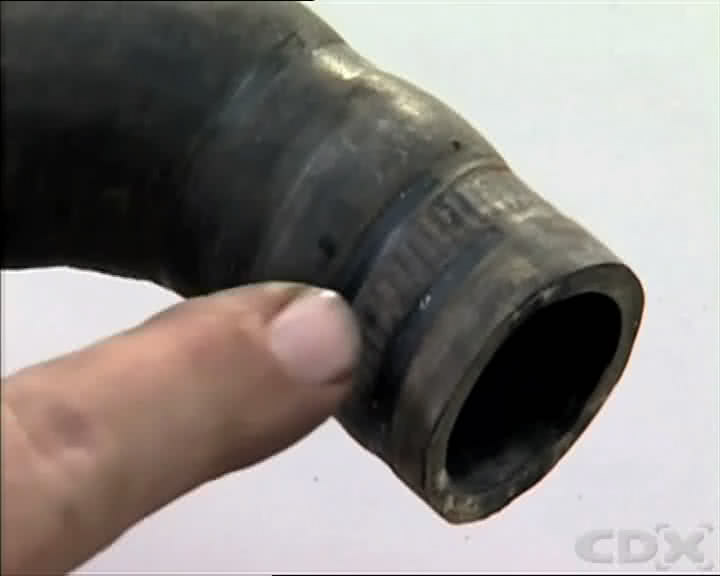
Remove Hose
Drain the coolant from the system before removing either of the hoses. Remove the clamp using the appropriate tool.
If the hose is stuck and won’t pull of easily, be careful you do not damage the radiator fitting by using too much force. It’s better to cut the hose in several places so you can remove it easily.
Clean the hose fittings thoroughly on both the engine and the radiator with fine sandpaper or emery cloth so it will make a good seal with the new hose.
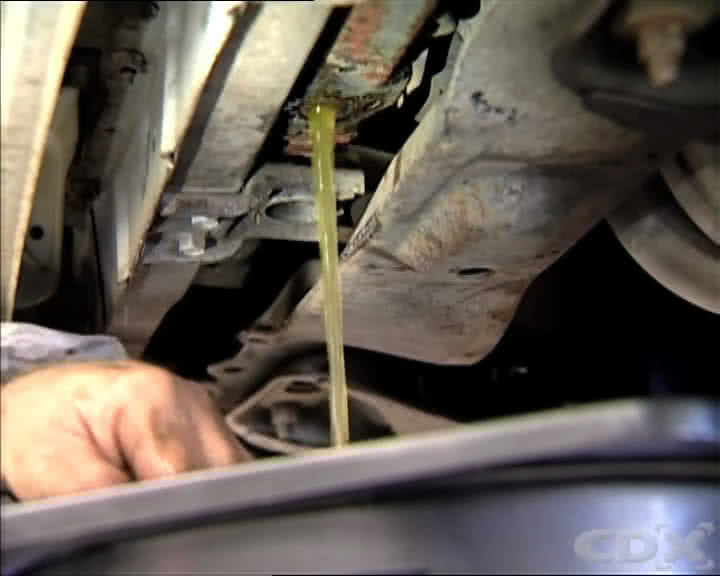
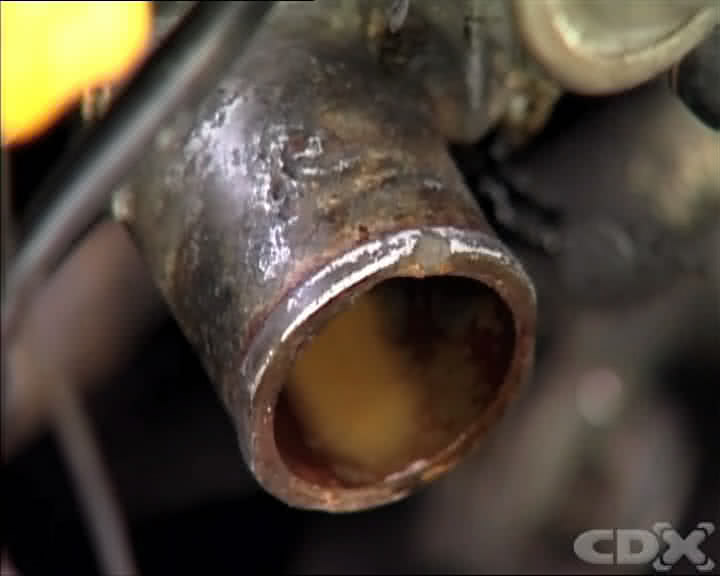
Verify Replacement
Obtain new hoses from Supercheap Auto and compare them with the removed hoses to make sure they are the correct length and diameter.
If the old hose is a moulded type, the new one must also have the same preformed curve.
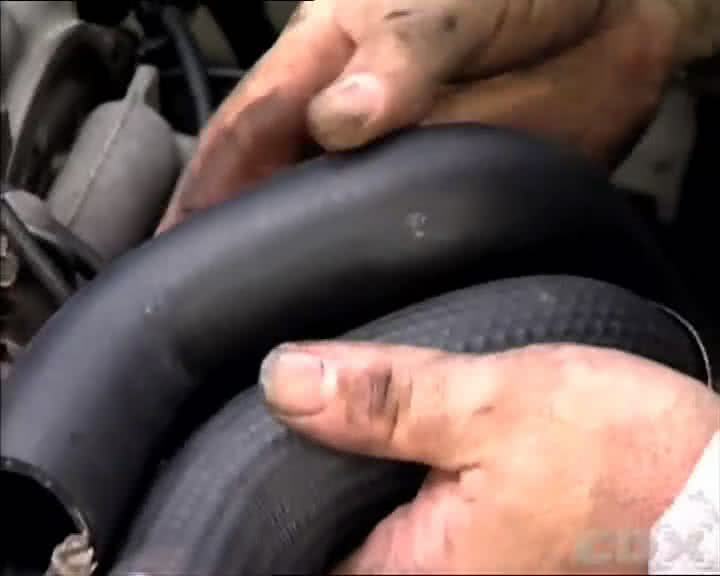
Refit Hose
Apply some sealing compound to the inside of the new hose fittings and place the loosened clamp over the hose ends before sliding the new hose into position on the engine block and radiator fittings.
Tighten the clamps securely about a quarter of an inch or 6mm from the end of the hose.
Be careful not to over tighten and damage the hoses. But it is important they don’t fall off when the pressure in the cooling system increases.
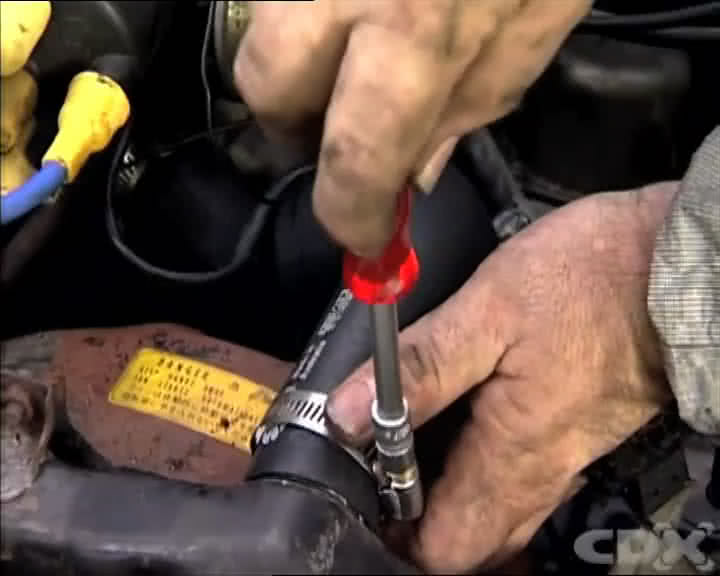
Refill The Cooling System And Check
Antifreeze is toxic, so dispose of the waste coolant carefully and in an environmentally safe manner.
Dispose Of Waste
Refill the cooling system using the funnel and then run the engine for a few minutes.
Check the hose connections to make sure there are no leaks. When the engine is at its normal operating temperature check the tightness of the clamps again, as the clamps and hoses will both expand at different rates as they heat up.
Close the bonnet and take the car for a drive around the block. When you get home, check under the bonnet to visually inspect for any leaks.
Tips
- Ensure your engine is completely cool before attempting to change a radiator hose, this prevents the chance of burns
- Never drive your vehicle when you suspect you have a leak – this can cause the engine to overheat
- Always change both the upper and lower radiator hose at the same time to prevent you having to repeat the procedure or break down at a later date
- It’s recommended you change your clamps at the same time as your hoses, they are cheap to replace and this will ensure your clamps don’t corrode or lose their spring, leading to leaks
*Important information* - Click here to read more about our How-To terms and conditions.